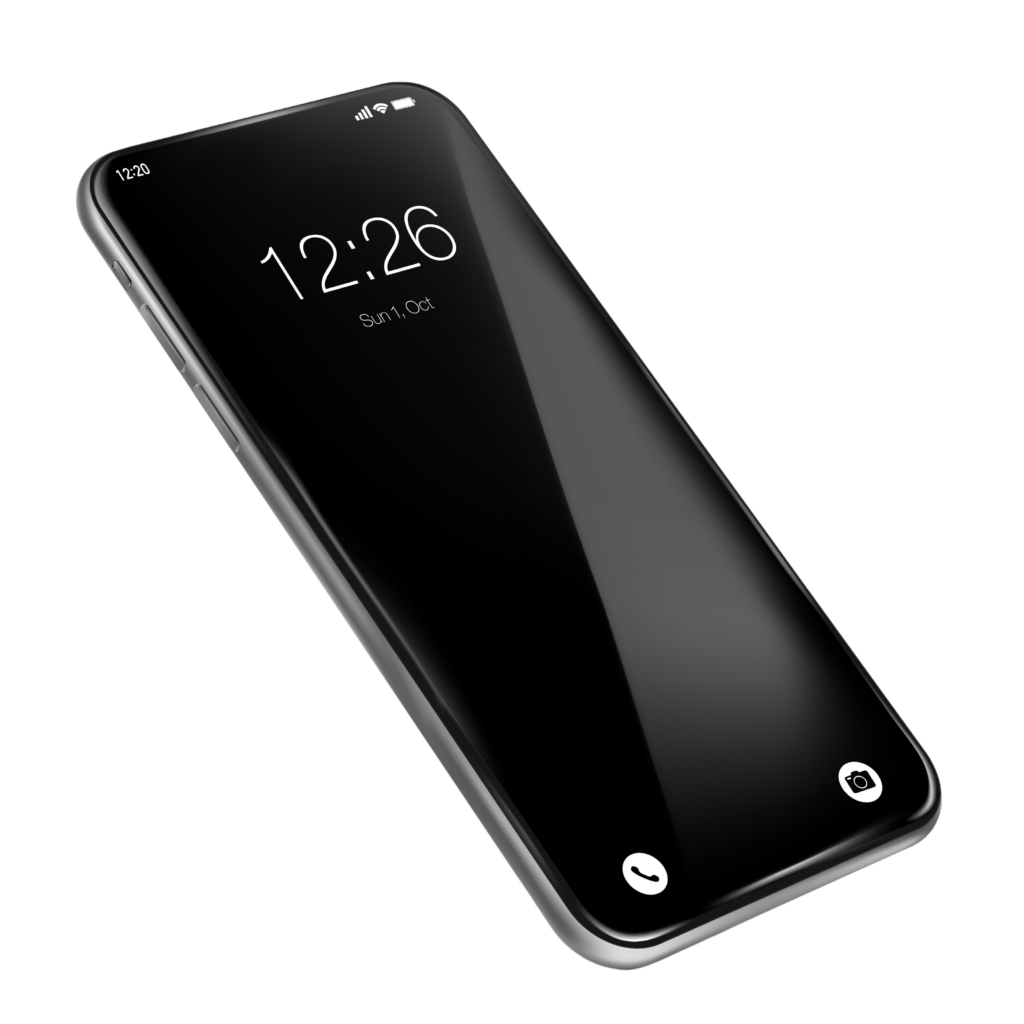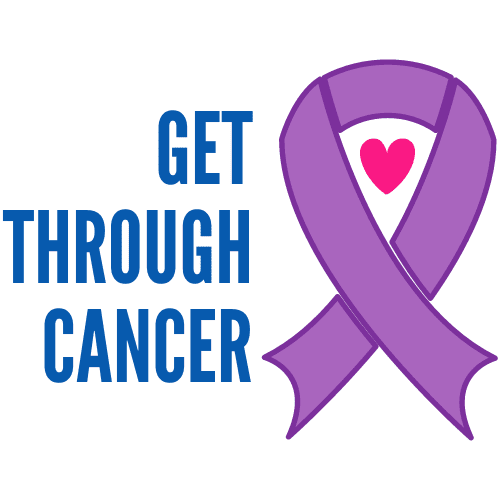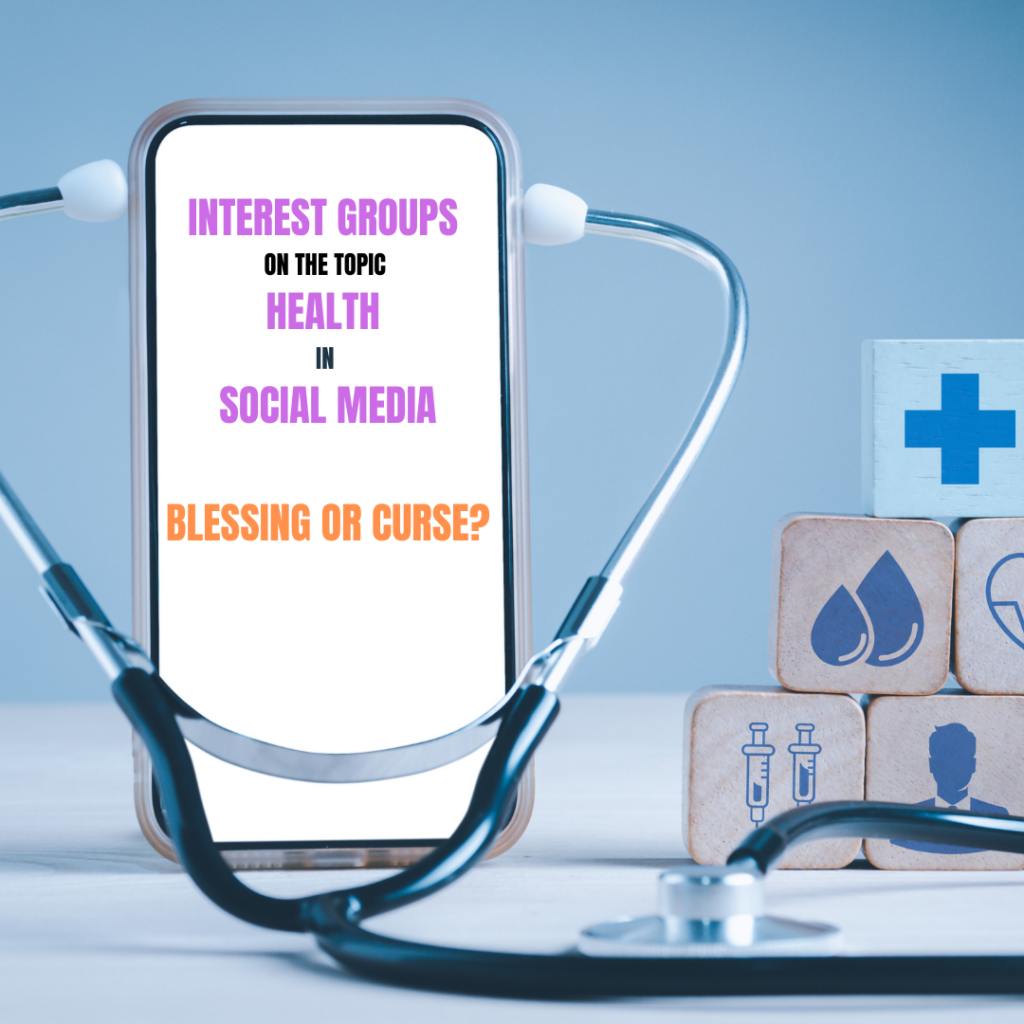Table of contents
Introduction
In this blog, I look at the use of social media – especially Facebook – to gather and share information about illness. I will also briefly discuss the historical development of electronic media.
I didn’t deal with my disease for a very long time. For me, it was over after the first operation and radiotherapy, and I was also very well for the first 15 years after the operation. Apart from the annual check-ups, practically nothing reminded me that I had cancer. Even in the years with the first recurrences and new operations, I continued to rely on my medical team. This changed in 2017, and I began to inform myself intensively about my disease. If you want to jump straight there, please click here.
Also, in 1990, there was no social media, the internet was in its infancy and searching for medical information was very difficult. At that time, one was, in a way, dependent on the information of the medical profession. As I said, it didn’t bother me at the time either.
From the dial telephone to Facebook & Co
First contact – the dial telephone

I grew up with dial telephones, whose connection was shared with three other households. I realised how outdated this technology is when I visited a museum with my children, who had no idea what it was and how to operate it. I had to smile about it, of course, but at the same time realised how long it had been since I had used these phones. But for me, it was the first contact of communication via electronic means.
The development of mobile telephony

In the 1970s, the first mobile radio networks were developed for the civilian sector. At the same time, the first mobile phones were introduced, which developed from the first car phones already used in vehicles. I can still remember the first “devices”, which were heavy and clunky and could rather be compared to bricks. In 1973, the inventor Martin Cooper had the first talk about it in New York. Since then, mobile networks have evolved from 1G to 5G today (2023) and mobile phones have evolved constantly. From the “brick” of yesteryear, it went through handy mobile phones with which you could even send text messages to the Blackberrys until 2007 when Apple heralded a turning point in developing mobile phones with the iPhone and its iOS operating system.

The smartphone was born with Android; there are two platforms (among a few others) on which the most critical smartphone manufacturers concentrate today, with an almost unmanageable number of different models. The development continues, and the devices are getting smaller and smaller. Even making calls via wristwatches is already possible today with several models.
According to estimates, around 3.5 billion people use smartphones today – an unimaginable number.
The most important internet technologies for the civilian population
Of course, smartphones have also led to a massive increase in Internet use. The World Wide Web, as we know it to access websites, started developing for the general public in the late 80s and early 90s. The number of websites has been growing steadily every year, peaking in 2017 at just under 1.8 billion and declining ever since, at least according to statistics from Statista and Internet Live Stats.
In the 1990s, the use of email services based on the Internet exploded. Various email service providers offered their infrastructure to an ever-increasing number of users. For my generation, email – alongside messenger services – was and is the most essential form of electronic communication.
Another Internet-based application is the messenger service. The first services that made it easy to exchange text messages back in the 2000s were ICQ and AOL’s Instant Messenger. But it was only with the spread of smartphones that this technology exploded, and services such as WhatsApp (2009) and Facebook Messenger (2011) – among many others – have become indispensable.
I can still remember very well how my grandparents, but also my parents, were overwhelmed with these technologies. I feel the same way today when I use the latest social media platforms. The main challenge for me is the variety of services, not all of which I use any more.
Social media

What do we actually mean by social media? How are these defined?
Social media are usually defined as interactive online platforms or services that allow users to create, share, comment, like and connect.
Here is a famous quote from Mark Zuckerberg, the co-founder and CEO of Facebook:
“People want to share information, and the more open and transparent the internet becomes, the more connected the world will become.” – Mark Zuckerberg.
Even though there were delicate attempts at development before that, for me, the development of social media started in the 2000s. In particular, the following were involved:
- LinkedIn(2002) for professional networking internationally
- XING (2003) for the professional world in German-speaking countries
- Facebook(2004) is the largest social media platform for private and business use.
- Youtube (2005)
- Twitter, now X (2006)
For me, these are the pioneers of social media, with Facebook probably making the most significant contribution to introducing social media worldwide. More than 3 billion people use this service every month in 2023. Later, other platforms were added. Probably the best-known are Instagram, Snapchat, Pinterest, and TikTok.
And I am sure that many others will follow.
My approach to social media as an IT technician
I have always been very sceptical about using social media and Facebook for personal use, as well as LinkedIn and XING professionally. Of course, I also watch videos on YouTube. I only use Twitter – if at all – to access messages that have been shared from other content. I hardly use Instagram, Snapchat and the other ones.
Since I am no longer professionally active, I have closed my accounts on XING and LinkedIn.
I was and still am sceptical because I was aware that all of my actions would be saved and evaluated and that profiles of me would be created that would be used by the platforms for various business purposes – above all for marketing purposes. One only has to look at one’s activity log and know that no content and actions are forgotten here that can be evaluated by analysis programs.
At the time, I saw no advantage in revealing too much of myself. Based on my activity log on Facebook, I can still easily understand my cautious start today. From 2009 to 2012, there were never more than five posts or comments from me each year. So, I wasn’t active back then.
However, this changed for the first time in 2013 when I reoriented myself professionally and also used social media to develop new business opportunities. I also used XING and LinkedIn, which – as I wrote – I no longer use today.
The big “breakthrough” for me in using social media in my private life was in 2014 when my older son was diagnosed with an incurable rare muscle disease. While searching for information about this disease, I came across various websites, but also private interest groups on Facebook. And one of these groups showed me, for the first time for me, the sensible use of social media.
I received and continue to receive practically every piece of information I need in a very short time, and I met and continue to meet great people who are also affected by the disease or – like me – want to help as relatives.
I was aware that my profile had been extended to include my son’s illness, but the contacts, the information and the support that I – or instead, we as a family – received from the participants in this group was and is priceless.
The fact that the topic of data protection was taken more and more seriously by companies also contributed to my growing trust in Facebook & Co.
The interest groups on medullary thyroid carcinoma
I did not use any interest groups for my condition until 2017. Still, in the years before, I started searching the internet for information about my situation in an unstructured way. Above all, I was looking for information on systemic treatment, i.e. treatment with medication, as I was aware that I would reach surgical limits at some point.
When it was discovered – more by chance – that my thyroid medication had been misadjusted for the last 27 years, I decided to join two interest groups, an international and a German-speaking group.
Here the result was overwhelming. A completely new world opened up for me, especially because of the international group, which consisted mainly of American members.
So, right after warm welcome greetings when my access was approved, I received a document for the proper handling of my illness.
There was a lot of information there that was too late for me, but for someone new to the disease, it is invaluable.
The real reason to join this group and get the latest information on systemic therapies was answered with a simple search for new treatments through countless posts. It was also confirmed once again that my thyroid medication was wrong.
I also realized the advantage that US citizens have over us in Europe in terms of accessibility to medication from current research. Europe needs to catch up here.
The welcome in the German-speaking group was also more than warm, so I now actively exchange ideas with the group members in both groups, try to help where I can and am happy to pass on my findings in these groups.
Advantages and disadvantages of participating in interest groups:
Advantages:
- Rapid information on the latest research through swarm knowledge
- Latest research methods in the various countries – first and foremost the USA
- Findings of the use of medicines directly from the people concerned
- Dealing with side effects of medicines
- Contact details of specialists in different countries
- Great assistance and support with own problems
- Exciting events, most of which can also be attended online
Disadvantages:
- Disclosure of health data on social media – disclosure of data possible
- Negative news up to and including the death of group members
My conclusion
My initial scepticism towards interest groups in social media was overcome by participating in Facebook – interest groups. Admittedly, I still have concerns about revealing too much data and information, so I am still cautious about posting privately. But the benefits of using the interest groups far outweigh this.
However, I would also like to mention one problematic point for group members, but it is, unfortunately, part of it. Because of our disease, there is not only positive news but the worst information concerning the death of individual participants. Even if you don’t know each other personally, you have very close contact with each other through the group and empathize with everyone, as you can understand very well how you feel in certain situations. But the confrontation with the eternity of death is a stab in the heart every time and a reminder of one’s finitude.
In our group, deceased members are honoured as “meddie-stars”, and their deaths are processed together in the group. This also helps us to deal with it better and motivates us to continue working together to make things better for all of us.
So my conclusion is: Yes – the interest groups have helped me to cope better with my disease and to get the latest information on treatment methods – especially on systemic therapies. The exchange between like-minded people helps immensely to be able to deal better with various situations concerning my illness.
For anyone interested in joining these groups, here are the links:
For both groups, you must register and be affected only by this disease. Close relatives are also given access.
I hope you were able to take away information from the blog.
I would be interested to know how you use social media and interest groups. It would be great if you could take part in the following survey.
Your Markus

